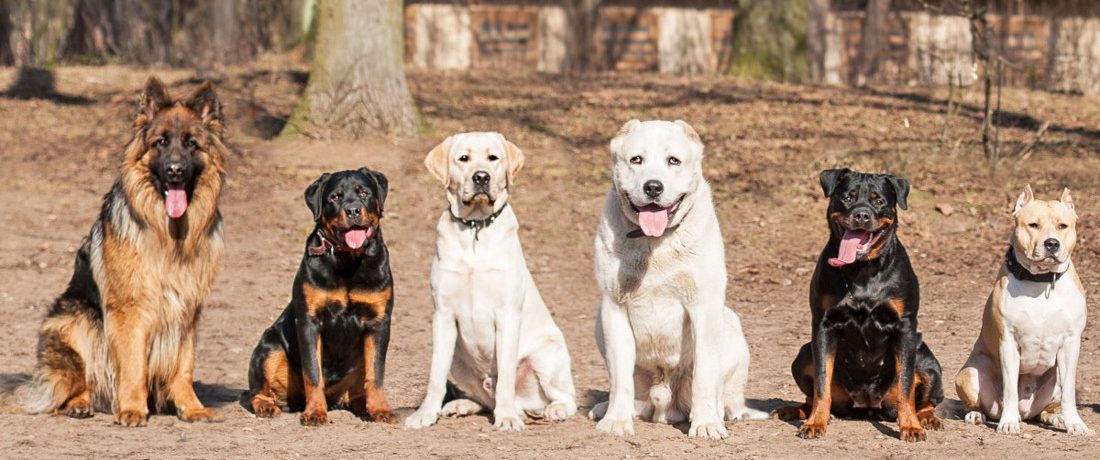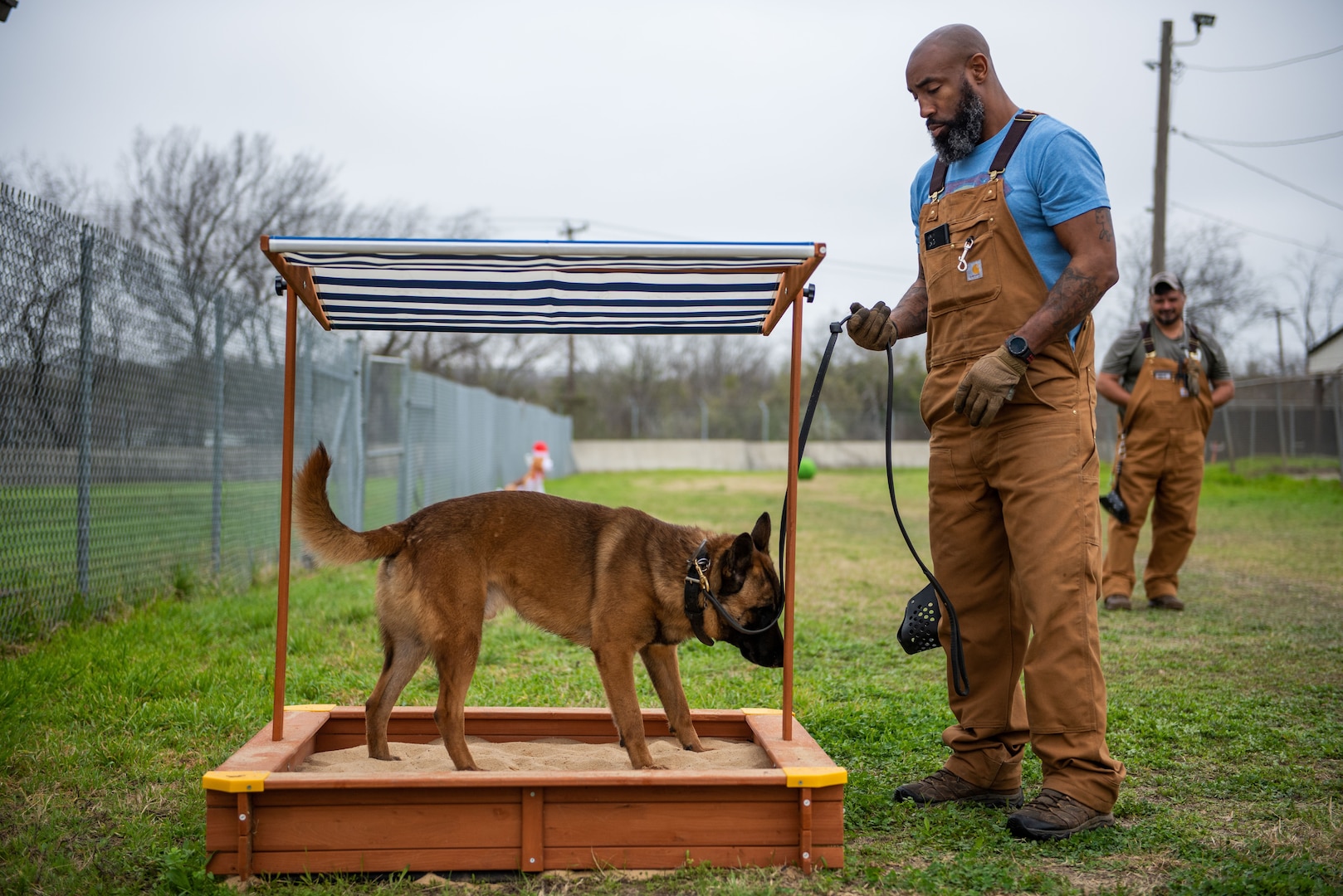Top Pet Dog Training Techniques Every Owner Must Know
Understanding effective pet training strategies is important for any kind of pet proprietor intending to cultivate an unified relationship with their canine companion. Among the most noticeable techniques are positive reinforcement, remote control training, and chain training, each offering unique benefits that add to a mannerly canine. The success of these strategies frequently pivots on the owner's commitment to uniformity and perseverance. As we discover these essential techniques, it ends up being evident that understanding their subtleties can substantially influence the training experience and the dog's total habits. What are the necessary aspects that will make certain these techniques are implemented effectively?
Positive Support Techniques
Utilizing favorable support strategies is essential for effective canine training, as it promotes a relying on bond between the pet dog and the instructor. This method concentrates on fulfilling desirable habits instead of punishing unfavorable ones, developing an environment helpful to learning. Incentives can include deals with, praise, or play, which inspire pets to duplicate the actions that earn them these incentives.
Positive support is rooted in the concepts of operant conditioning, where actions is influenced by its repercussions. By constantly fulfilling details activities, fitness instructors can shape a canine's habits in time. A pet that rests on command and obtains a reward is more likely to duplicate that behavior in the future.
Additionally, this approach enhances the pet's enthusiasm for training sessions. They are much more engaged and responsive when dogs link training with positive experiences. Beyond prompt behavior alteration, favorable support motivates a collaborative partnership in between the pet dog and instructor, reducing stress and anxiety and fear.
To make best use of effectiveness, it is vital to provide incentives quickly, making sure the dog links the behavior with the reinforcement. Fundamentally, favorable reinforcement techniques not only generate better-trained pet dogs yet likewise promote a harmonious partnership in between pet and proprietor.
Remote Control Training Method
The remote control training technique is an extremely effective method that constructs upon the principles of positive reinforcement by including a distinctive noise to mark desired behaviors. This approach uses a small portable tool that creates a clicking audio, enabling instructors to interact with their pets in a immediate and clear manner. When a pet dog executes an actions that the owner wants to encourage, the remote control is activated, followed by a reward, generally in the form of treats or praise.
The secret to successful remote control training hinges on uniformity and timing. It is essential to click at the specific minute the desired behavior occurs, making sure that the pet links the sound with the action and the succeeding benefit. This approach not only improves interaction however also promotes a more powerful bond in between the owner and the pet dog, as it encourages involvement and interaction throughout training sessions.
Clicker training can be put on a range of commands and actions, from standard obedience to a lot more complex techniques. Its flexibility and efficiency make it a favored method amongst expert trainers and pet owners alike, paving the way for a well-trained and responsive canine companion.

Chain Training Basics
Reliable leash training is necessary for making sure a pleasurable and safe strolling experience for both dogs and their owners. A level collar might work for some pets, while others may benefit from a harness that reduces pulling.
Present your dog to the chain slowly, permitting them to explore it in a comfy setting. This includes rewarding your pet for walking beside you rather than drawing in advance.
If your pet dog starts to draw, stop strolling instantly. Furthermore, practice various walking settings to aid your canine adapt to interruptions.
Normal practice will solidify your pet dog's understanding of chain etiquette. Bear in mind that chain training is a recurring procedure; persistence and consistency will certainly generate the most effective results, cultivating a favorable experience for both you and your canine friend.
Socializing Techniques
Socializing is an essential element of pet dog training that ought to ideally begin during puppyhood yet can be helpful at any type of age. Reliable socializing helps dogs create confidence and decreases the likelihood of behavior concerns. To execute successful socialization approaches, expose your pet to a range of settings, have a peek here individuals, and other animals.

Beginning with regulated settings, such as young puppy courses or organized playgroups, where young pets can communicate securely. Slowly introduce your pet dog to new experiences, including various noises, surface areas, and tasks. Guarantee these encounters are positive and satisfying to develop a complacency.
For grown-up dogs or those lacking direct exposure, begin with low-stress circumstances. Short, positive communications with tranquil canines and pleasant humans can create positive associations - Dog training. Use deals with and praise to reinforce preferable behaviors during these experiences
Monitoring your pet's body movement is necessary; signs of worry or aggressiveness should be resolved promptly, either by getting rid of the dog from the scenario or rerouting its focus. Consistently exposing your dog to diverse stimulations will certainly cultivate adaptability, making it a well-shaped buddy efficient in growing in different setups.
Uniformity and Patience
Recognizing the relevance of uniformity and persistence in pet training is crucial for achieving long lasting results. Training a dog is a gradual procedure that needs a structured technique and unwavering dedication from the owner. Each command or behavior must be reinforced visit the site constantly to aid the pet understand what is expected of them. Irregular training can bring about confusion, making it hard for the dog to understand habits or commands, ultimately preventing progress.
Additionally, persistence is a crucial part of effective training. Pet dogs, like people, discover at their very own speed. Some may understand concepts swiftly, while others could take much longer. It is crucial for proprietors to continue to be supportive and tranquil, reinforcing favorable habits without turning to irritation or punishment. This promotes a relying on connection in between the pet and proprietor, encouraging an extra ready and passionate student.
To cultivate uniformity and persistence, develop a routine training routine, utilize the same commands, and guarantee that all household members apply the same training concepts - Dog training. By doing so, you produce a stable atmosphere for learning, permitting your dog to establish and prosper right into a well-behaved buddy

Verdict
Finally, reliable canine training methods, such as favorable reinforcement, remote control training, and correct chain training, are vital for cultivating a healthy owner-dog relationship. Furthermore, executing socializing methods and preserving uniformity and patience throughout the training process contributes dramatically to a pet's overall well-being. By incorporating these approaches, pet owners can facilitate the growth of well-adjusted, obedient family pets, ultimately boosting the lifestyle for both the proprietor and the canine.
Among the most popular approaches are favorable support, remote control training, and leash training, each offering one-of-a-kind benefits that add to a mannerly look at these guys canine. As we check out these basic approaches, it ends up being evident that grasping their subtleties can dramatically impact the training experience and the dog's general actions.Utilizing positive reinforcement strategies is vital for efficient canine training, as it fosters a trusting bond in between the pet dog and the instructor.In final thought, effective canine training strategies, such as positive reinforcement, remote control training, and appropriate leash training, are essential for cultivating a healthy and balanced owner-dog relationship. By incorporating these approaches, pet owners can help with the development of well-adjusted, loyal animals, eventually improving the high quality of life for both the pet dog and the proprietor.